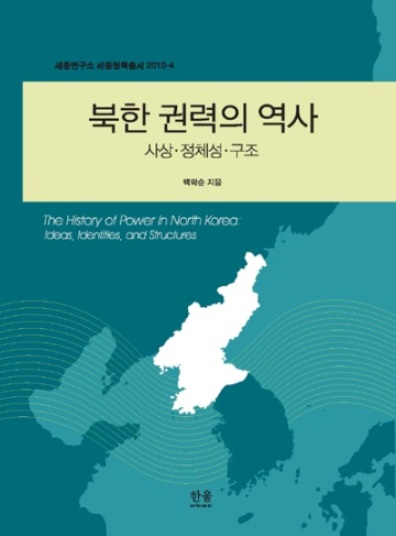This book analyzes and explains the history of power in North Korea from the national liberation from Japan in August 1945 until September 2010. This book shows general overview of North Korean power history in the past 65 years including the three-generation patrimonial power succession that North Korea hurried after Kim Jong-il's health started to wane in 2008 and final definitization of Kim Jong-eun's power succession at the 3rd Representative Convention of the Korean Workers Party (KWP) on September 28, 2010. In the last chapter, this book shows general evaluation of North Korean power history and prospects of power structure in the future.
This book is characterized by structural interpretation of North Korean politics. Human behavior or conduct is generally affected by circumstantial influence, materialistic resource and capability, but fundamentally important factors are indicidual's (particularly for a political leader) ideas (ideology, value, and vision) and nurtured identity (understanding of vested role and expectation). This book analyzed North Korean power history based on this view. Unlike realistic interpretation of leadership style affected by external circumstances or materialistic conditions, this book emphasizes the political leader's ideas and identity as more affecting his decision and performance to control the given situation actively, not passively. Through this structural prism, we can understand that the power struggle in North Korea was ideas and identity conflict between the political leaders.
For the analysis and interpretation of North Korean power history, this book reviewed the political decisions made by the Politburo, Politburo Presidium, Central Committee, and Central Organization Committee of the KWP during 1946-1956; North Korean affairs documents of the Soviet Communist Party Central Committee in the Russian Contemporary History Archives ((RGANI) and in the Russuan Embassy in Pyongyang; the documents regarding Kim Il-sung, Pak Hon-yong, and the 6.25 Korean Conflict stored in the Soviet Union Presidential Archives and Defense Ministry Central Aechives; and the dialogues berween Mao Tsetung and Mikoyan and between Mao Tsetung and Choe Yong-kon. This book introduced some declassified documents in the Russian Embassy in Pyongyang and some declassified Chinese documents verbatim so that the readers can grasp vivid picture of the "August Factional Strife" of 1956 which was the main vortex of power struggle in North Korean history. In view of its importance, this book shared five chapters to explicate the "August Factional Strife" and "Anti-Factional Struggle" which was the watershed of North Korean power history. I proudly recommend this book to all readers interested in North Korean politics.
No : 2010-04
Publishing Company : Hanwool Academy
Date of Publication : 2010-10-18
Number Of Pages : 781 Page
Price : 54,000 Won
